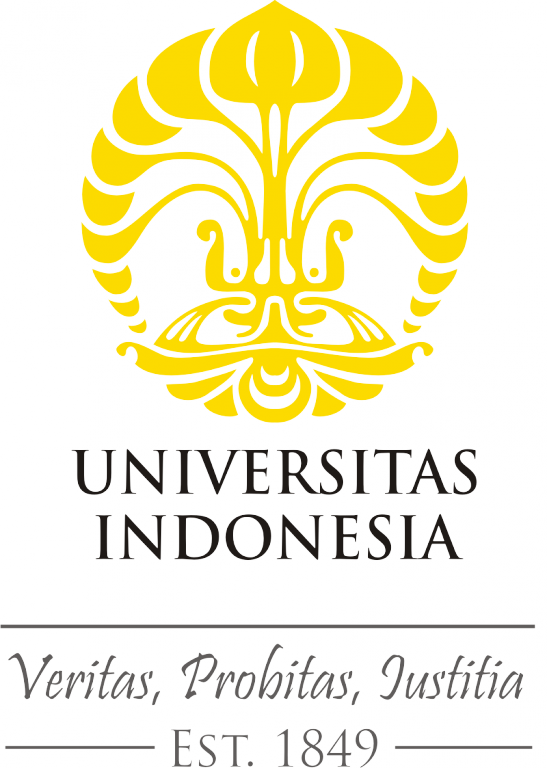
Universitas Indonesia


| Call Number | SEM-213 |
| Collection Type | Indeks Artikel prosiding/Sem |
| Title | Analysis and Design Methodologies and Notations |
| Author | Brian Henderson; |
| Publisher | Technology of object-oriented languages and system Tools 4 |
| Subject | |
| Location |
| Nomor Panggil | ID Koleksi | Status |
|---|---|---|
| SEM-213 | TERSEDIA |
The "ideal" adoption process for object-oriented technology is to replace existing functional decomposition and procedural implementation tools and development methods with their object-oriented equivalents, thus providing a "seamless" transition throughout the lifecycle: from object-oriented analysis (OOA) through object-oriented design (OOD) to implementation in an object-oriented programming language (OOPL). As well as presenting possible methodologies for OOA and OOD, this tutorial will incorporate a detailed comparison of various graphical representations of objects and object-object interactions and their integral relationship with OOA and OOD methodologies. Adoption of an appropriate notation is a vital perequisite for successful use of object-oriented analysis and design methodologies in commercial organizations. Such graphics need to represent, at a range of resolutions, the features of objects and the different types of interaction: association, aggregation and generalization in the analysis phase, yet inheritance and client-server in detailed design, prior to implementation. Recommended notation is presented here as a precursor to the incorporation of such techniques into object-oriented CASE tools. The tutorial is divided into five sections. A brief review of required background knowledge about the object-oriented paradigm is followed by an overview of available analysis and design methodologies, both for the pure object-oriented development approach as well as hybrid development methodologies which incorporate standard analysis and/or design and/or coding at one phase of the life cycle. The third section presents a notation for objects and their interactions, differentiating between object-oriented analysis and object-oriented design. The last two sections present some worked examples and give the attendees opportunity to try out some of these ideas, receiving immediate feedback.